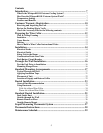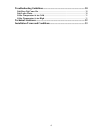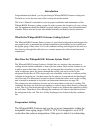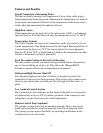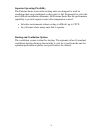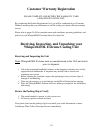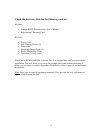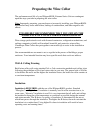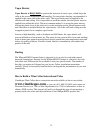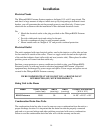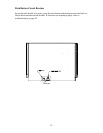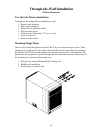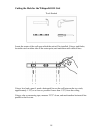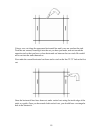
12
Preparing the Wine Cellar
The performance and life of your WhisperKOOL Extreme Series Unit are contingent
upon the steps you take in preparing the wine cellar.
Note:
Improperly preparing your enclosure or incorrectly installing your WhisperKOOL
Extreme unit may cause unit failure, leaking of condensation, and other negative side
effects.
IT IS HIGHLY RECOMMENDED THAT YOU OBTAIN THE
ASSISTANCE OF A WINE STORAGE PROFESSIONAL.
Wine storage professionals work with licensed contractors, refrigeration technicians, and
racking companies to build well-insulated, beautiful, and protective wine cellars.
Vinotheque Wine Cellars has put together some useful tips to assist in the installation
process.
Our recommendations are meant to act as a guide in the process of building a proper
enclosure. Your intended location may have specific needs that we do not address.
Wall & Ceiling Framing
Build wine cellar walls using standard 2x4 or 2x6 construction methods and ceiling joists
following the guidelines of local and state codes in your area. The general rule of a cellar
is the thicker the walls and the higher the insulation factor, the better the cellar remains at
a consistent temperature.
Insulation
Insulation is REQUIRED with the use of the WhisperKOOL product. Standard
“Fiberglass” or “Rigid Foam” insulation is normally used in cellar construction or, in
some cases, “blown-in” insulation is used. It is very important that all walls and ceilings
be insulated to keep the cellar temperature as consistent as possible during the summer
and winter months. The R-factor, or quality of insulation, is determined by the rate at
which heat passes through the insulation. The higher the R-factor, the more resistant the
insulation is to conduct heat. Using higher R-values in insulation will result in lower
operating costs and running times.




